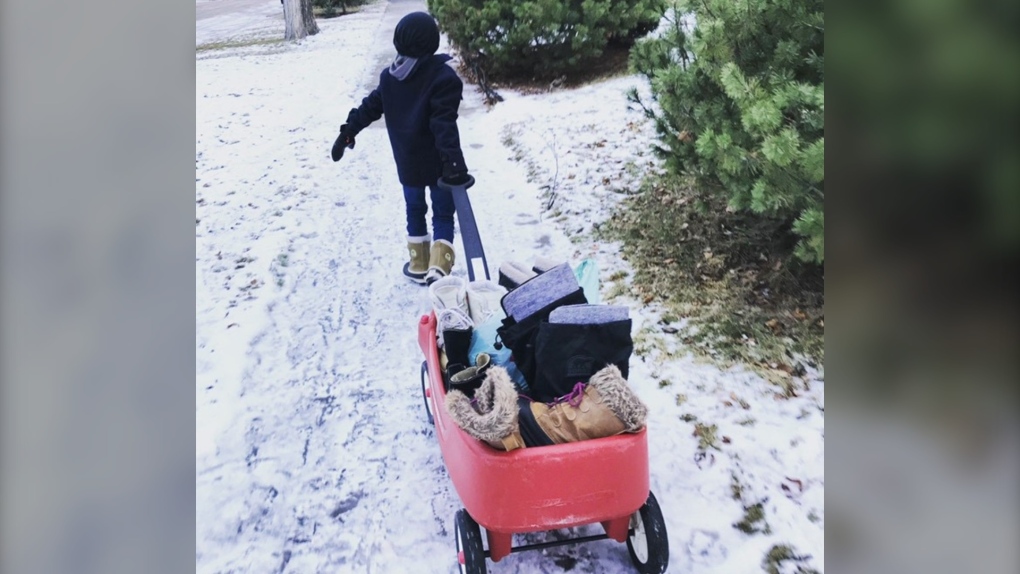The Japanese government is offering ¥1 million ($7,500) per child to families moving out of greater Tokyo in an effort to reverse the region’s population decline.
The stimulus — a dramatic increase from the previous relocation fee of ¥300,000 — will be introduced in April, according to Japanese media reports, as part of an official effort to revitalize declining cities and towns.
While Tokyo’s population fell for the first time last year — a trend partly attributed to the coronavirus pandemic — policymakers believe more needs to be done to lower the city’s population density and encourage people to start a new life.starting in “out of fashion” parts of the country affected by aging populations, shrinking populations and the migration of young people to Tokyo, Osaka and other major cities.
The payment — which is in addition to the ¥3 million already available in financial aid — will be offered to families living in Tokyo’s 23 “core” wards and the neighboring commuter belt prefectures of Saitama, Chiba and Kanagawa.
To receive the benefits, families must move outside the greater Tokyo area, though some could get the money if they move to mountainous areas that lie within the city limits, the Kyodo news agency said, citing officials.
About 1,300 municipalities – about 80% of the total – have joined the scheme, hoping to capitalize on a shift in public attitudes towards quality of life that gained momentum during the pandemic, as more workers discovered the benefits of working remotely.
However, families hoping for an easy payday before returning to the capital will be disappointed.They must have lived in their new home for at least five years and one member of the household must be working or planning to open a new business.Those who leave before five years have passed must return the money.
Officials hope the generous amounts being offered will encourage families with children under the age of 18 to revitalize regions and alleviate pressure on space and public services in Tokyo, the world’s largest metropolis with a population of about 35 million.
light up.
In principle, relocating families receive ¥1-3 million per household, provided they meet one of three criteria: work at a small or medium-sized company in the area they are moving to; continue in their old job via remote work; or start a business in their new home, according to business newspaper Nikkei.After factoring in the higher payments, a family with two children can qualify for up to ¥5 million.
Half of the money comes from the central government and the other half from local municipalities, Kyodo said.
The scheme has struggled to capture the public imagination since it launched three years ago, with support for 1,184 families in 2021 – the year when telecommuting became more common – compared to 71 in 2019 and 290 in 2020, according to the Nikkei.
The government hopes that by 2027, 10,000 people will have moved from Tokyo to the countryside, it added.
To attract new residents, Japan’s hollowed-out cities and towns have emphasized the charms of rural life, the easy access to undervalued child care and, in the case of the village of Otari in Nagano Prefecture, the availability of eligible men.
The latest effort to revive the regions comes amid yet another decline in Japan’s population.
The population of the world’s third-largest economy suffered a record decline of 644,000 in 2020-21, according to government data.It is expected to drop from the current 125 million to an estimated 88 million by 2065 – a 30% drop in 45 years.
While the number of people over 65 continues to grow, the birth rate remains stubbornly low at 1.3 children – well below the 2.1 needed to maintain the current population size.
In 2021, the number of births will total 811,604, the lowest number since the first registration in 1899.The number of centenarians, on the other hand, stands at more than 90,500 – compared to just 153 in 1963..
